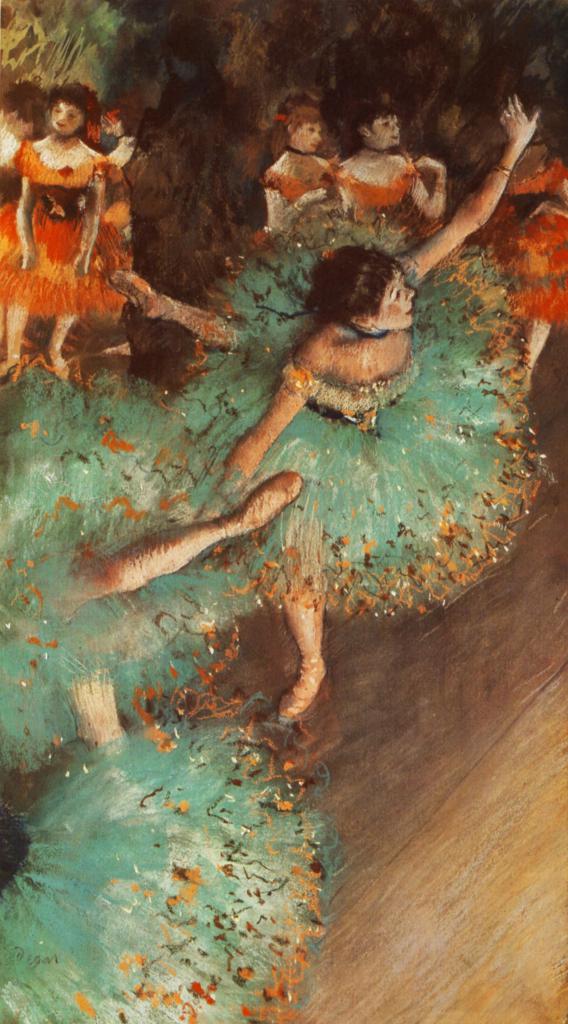19th-century French art marked a break with the traditions of European painting. The Impressionists have incorporated new scientific research into color physics to achieve more accurate color and hue transmission.
This led to a change in methodology: the paint was applied with small strokes of pure color, and not wider and more mixed, as before, which allowed to catch a certain fleeting impression of color and light. As a result, the artist’s perception of what he portrayed was emphasized.
Variety of meanings
Impression, as a rule, is understood as something related to art. However, this concept has many meanings. Moreover, all of them, one way or another, are associated with perception.
Impression is, firstly, a characteristic, sign or function that occurs as a result of some influence. It can also be seen as an impression of the behavior generated by the social environment. Secondly, it can be defined as the effect of change or improvement. Thirdly, impression is a vivid image that impressed the senses or the mind, including the effect created by a certain impression. It can also be an act of impression, a fuzzy or inaccurate concept or memory. Fourthly, it is considered as the transfer of form, sign or character, by external force or influence. Fifth, impression is a particularly noticeable and often beneficial effect on a feeling or mind or an act of impression. In addition, impression refers to the first layer of color in a painting, as well as the imitation or presentation of distinctive features in an artistic or theatrical environment.
Impressionism as a trend in art
Impressionism is a painting style in which the artist conveys the image of the object as it would look at a passing glance. Impressionists paint with a lot of color, and most of their paintings are outdoor scenes. Artists like to convey images without details, but using bold colors. The greatest impressionist artists were Eduard Manet, Camille Pissarro, Edgar Degas, Claude Monet, Berthe Morisot and Pierre Auguste Renoir. The concept of impression is actually the basis of this artistic direction.

Impressionism is the first modern movement in painting. It began in Paris in the 1860s. He spread his influence throughout Europe and the United States. Its creators were artists who rejected official government-sanctioned exhibitions or salons, and were therefore ignored by serious academic art institutions. The Impressionists sought to capture the instant, sensual effect of the scene. To achieve this effect, many artists who worked in this direction moved from the studio to the streets and the countryside, painting in open air.
Impressionist painters
Manet was perhaps the most influential artist in impressionism. He painted ordinary objects. He was also interested in subtle changes in the atmosphere. Pissarro and Sisley painted the French village and river scenes. Degas loved to write ballerinas and horse races. Morisot - women engaged in daily affairs. Renoir loved to show the effect of sunlight on flowers and shapes.
Although the term “impressionism” covers a significant part of the art of this time, there were not many varieties in it.
Pointillism
Pointillism developed from impressionism, it was based on the technique of using many small colored dots to give the painting a sense of vibration when the work is viewed from a distance. Points of equal size never merge in the perception of the viewer, which leads to a flickering effect, like the trembling of air on a hot sunny day. The founder and one of its leading representatives was Georges Cera, who first used this concept in relation to his painting “Sunday on the Island of Grand Jatt” (1886).
Sulfur was part of the neo-Impressionist movement, which included Camille Pissarro, Paul Gauguin, Henri Matisse, Henri de Toulouse-Lautrec and Paul Signac. The word "divinism" describes the theory that they adhered to: divinism (or chromoluminarism) is the division of colors into separate points that interact optically. The effect of this technique often yielded brighter colors compared to the traditional color mixing approach.
The neo-impressionist movement developed for a short time, but was very influential in the history of art. The term "divinism" was also used in relation to the Italian version of neo-impressionism in the 1890s and early 1900s, and one can trace the line of its development towards futurism, which originated in 1909.
Key ideas
Impressionists in their works ceased to rely on the traditional linear perspective and avoided the clarity of form, which was previously used to distinguish more important elements of the image from the rest. That is why many critics were mistaken when evaluating the paintings of the Impressionists, considering them incomplete and amateurish. Thanks to their paintings, it was possible to most accurately understand what impression was.
Using the ideas expressed by Gustave Courbet, the Impressionists sought to convey the present by expanding the possible plots for the paintings. Distracting themselves from the illustrations of idealized forms and perfect symmetry, they focused on the world, as they saw it, in all its imperfection.
The essence of the impressionist idea was to grab a fraction of a second of life and capture it on canvas, to create an impression.
In the science of that time, the assumption was already made that what the eye perceived and what the brain understood was completely different. The impressionists tried to convey on their canvases the perception of the eye - the optical effects of light. Their art was not necessarily based on realistic images.
Impressionism reflects the consequences of the massive renewal of Paris in the mid-19th century, which was carried out by the town planner Georges-Eugene Osman. These updates included new railway stations; the spacious, tree-lined boulevards that replaced the former narrow crowded streets; luxury apartment buildings. The works, which depicted leisure scenes, cafes and cabarets, were a way of conveying a new sense of alienation, characteristic of the inhabitants of the first metropolis.